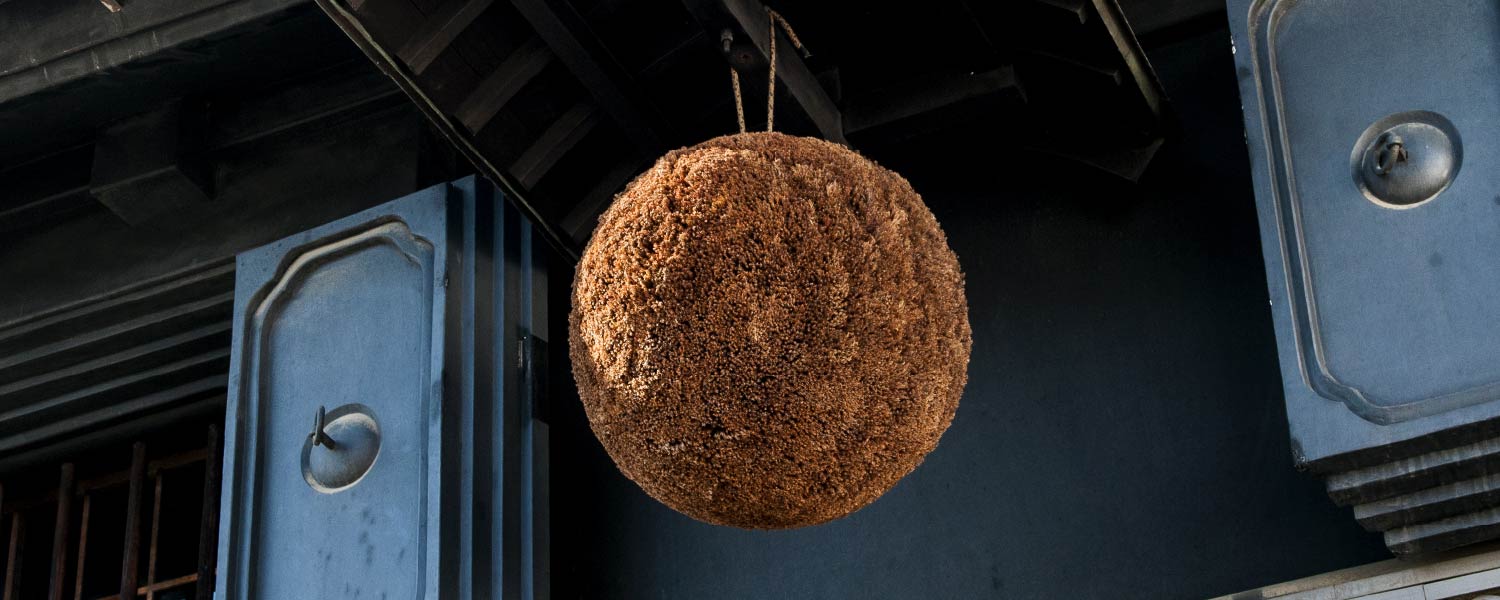Many sake breweries make shochu with the byproduct of sake making, lees, and rice powder, as well as rice itself, which is also the main ingredient of sake. These breweries are not limited to specific regions but scattered across the country.
There are various ways to make shochu from sake lees; distilling the mixture of sake lees and rice husks in a wooden basket steamer still, distilling a mash made of sake lees that is fermented by the yeast contained in the lees, and by making the starter mash with rice koji and use the lees as the base ingredient of the fermenting mash.






